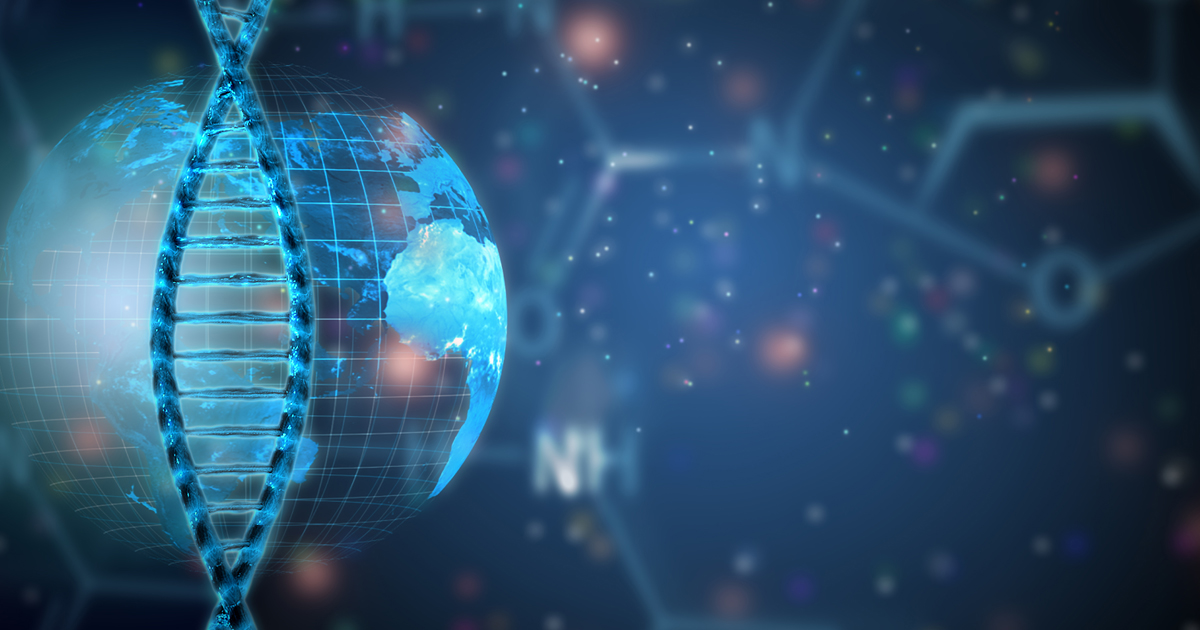
If Star Trek's Mr. Spock were to see the real-life medical and technological advances created from experiments performed in space, it is logical to assume how he’d respond: "Fascinating." Indeed, science-fiction storylines that have played out on TV and movie screens have provided something far more important than an afternoon’s entertainment. They have served as the inspiration behind the real work many astronauts have performed while traveling in space, helping to shape some tools and technologies that have become positively commonplace today. What you may have laughed off as cheesy props influenced many products and interfaces used today, from medical technology to computers to communication devices. Take the tricorder used on Star Trek, for instance. A working prototype of the once-fictional handheld tool—used to scan Starship Enterprise patients, reading their vital signs and diagnosing potential illnesses in minutes—is being tested for the market, and recently won a major medical device contest.
“ With the International Space Station, we have a lab that doesn't exist anywhere else. It's an exciting platform for discovery.” - cell biologist Jeanne Becker
The future is now
The future also has arrived in the field of cancer research, where scientists are taking their experiments into the final frontier. Already, research in the microgravity of space has contributed to the evolution of existing cancer treatments, like chemotherapy. Now, astronauts on the International Space Station (ISS) are conducting research on at least one potential cancer therapy, called an antibody drug conjugate (ADC). In the process, the experiments are taking cancer research where it's never gone before. "With the International Space Station, we have a lab that doesn't exist anywhere else," cell biologist Jeanne Becker of Nano3D Biosciences in Houston tells Space.com. "It's an exciting platform for discovery."
The ADC research, conducted by scientists on Earth in collaboration with astronauts on the ISS, involves a type of immune-stimulating therapy. ADCs are hybrid cells with the potential to combine the targeting skills of an antibody with the cancer-killing ability of a chemotherapy drug, in this case azonafide. In theory, ADC molecules would seek out and attach themselves only to cancer cells and deliver their cytotoxic payload directly to the cell membranes, killing them from within while sparing nearby healthy cells. By conducting the research in space, scientists can experiment with cells grown in microgravity, which better replicates the shape and behavior of cells in the body. "In space, you can grow larger and larger cancer tumors spherical in shape, so you have a better model of what’s happening in the human body," research associate Luis Zea, tells NASA. "The chances of having false negatives or false positives are decreased."
In years past, scientists have launched ovarian, colorectal, kidney and other cancer cells into space aboard space shuttles and rocket ships headed to the ISS, where they can mature and be used later for research on Earth. NASA credits cancer research in space with identifying new genetic features called biomarkers in some cancer cells, and with developing new surgical and diagnostic techniques. Technology developed for space exploration is now being used in breast cancer research. The successes recently prompted the space agency's Jet Propulsion Laboratory to extend its research partnership with the National Cancer Institute through 2021.
Learnings from space travel
Ironically, research suggests space travel may increase an astronaut's risks of developing a variety of diseases and conditions, including heart disease and cancer. While TV space explorers are often seen walking through gravity-controlled ships in color-coded uniforms without concern, real astronauts are exposed to high levels of cosmic radiation and proton radiation that may damage DNA. This exposure accounts for the high rates of cardiovascular disease found in astronauts, researchers have concluded. Researchers have also found chromosome aberrations in lymphocytes taken from crew members after their space missions.
According to Scientific American, NASA grounds astronauts whose cancer risk exceeds 3 percent of the general population. A University of Nevada, Las Vegas, study concluded that, with current technology, a trip to Mars would double a space traveler's cancer risk. So, while space research is making significant leaps in cancer treatment and other advancements, much more must be done to find ways to take care of the men and women boldly taking those experiments into space.
Busting myths: Read about seven common cancer misconceptions



